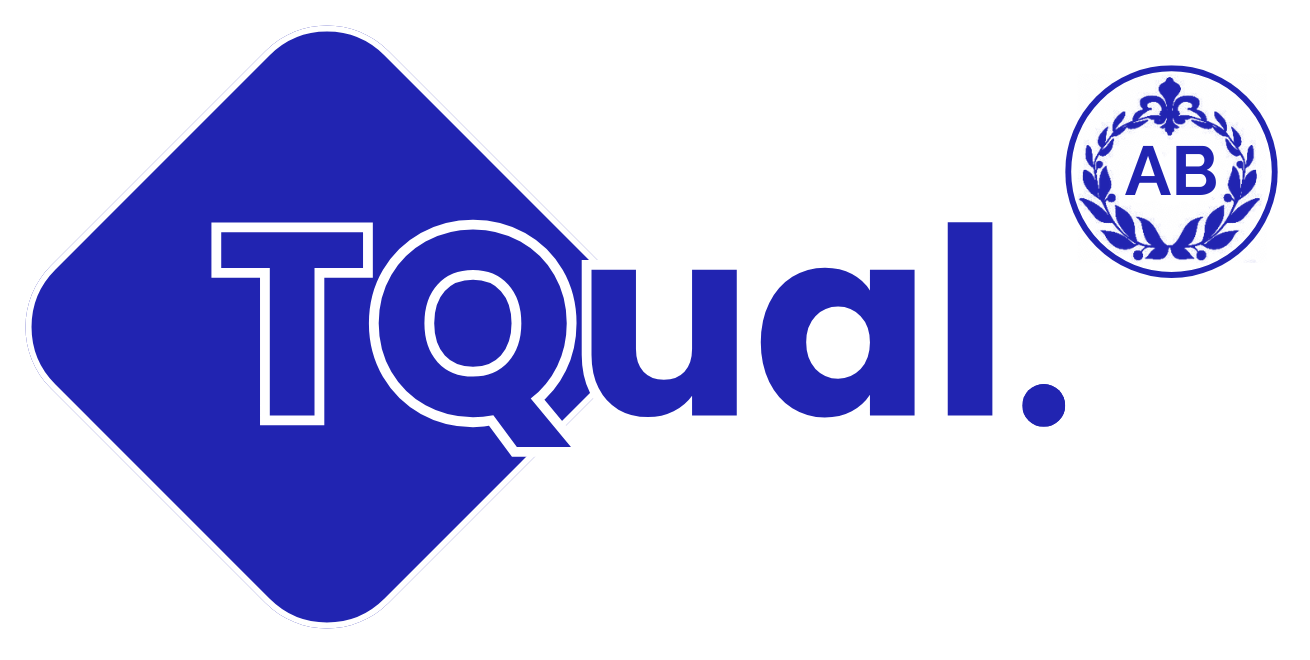Future Progression for TQual Level 2 Diploma in Rigger
Advanced Certifications and Specializations
- Advanced Rigging Certifications: Advance your rigging expertise by pursuing specialized certifications, such as tower climbing certifications or advanced antenna installation techniques.
- Safety Certifications: Enhance your qualifications with certifications in workplace safety, including Working at Heights, Confined Space Entry, and First Aid to demonstrate your commitment to safe practices and broaden your skillset.
Higher Education and Degree Programs
- Bachelor’s Degree in Telecommunications Engineering: Deepen your technical knowledge with a bachelor’s degree in telecommunications engineering, potentially opening doors to higher-level managerial or engineering roles.
- Professional Development Courses: Stay updated on industry trends, new technologies, and regulatory changes by enrolling in short courses, workshops, or industry seminars to advance your knowledge and skills in rigging operations.
Career Advancement Opportunities
- Telecommunications Rigger Supervisor: With further experience and training, you could progress into a supervisory or managerial role, overseeing rigging projects and managing teams of riggers.
- Broadcasting Rigger Specialist: Specialize in rigging for broadcasting applications, such as television and radio antenna installations, satellite systems, and studio rigging projects.
- Consultancy and Freelance Work: Transition into freelance rigging consultancy or contracting, offering specialized services to telecommunications companies, broadcasters, and construction firms, capitalizing on your expertise.
Industry Trends and Emerging Technologies
- 5G Network Deployment: With the rise of 5G, acquire expertise in rigging for 5G network infrastructure deployment, a sector that demands specialized rigging skills for equipment installation and maintenance.
- IoT and Smart Technologies: Explore rigging opportunities in the growing field of Internet of Things (IoT) and smart technologies, contributing to smart city projects and digital infrastructure installations.
International Opportunities
- Global Deployment Projects: Take your rigging expertise to the global stage by engaging in international deployment projects, expanding your professional experience in diverse geographical and industrial contexts.
Entrepreneurial Ventures
- Start-Up Business: Launch your own rigging services company focusing on niche markets or emerging technologies, offering specialized rigging solutions, installations, and consulting services to telecom, broadcasting, and construction clients.
Continuing Professional Development (CPD)
- Continuous Learning: Commit to lifelong learning by attending industry conferences, joining professional associations, and networking with peers. Stay abreast of evolving trends in rigging technology and best practices to maintain professional relevance and expand your network.
The TQual Level 2 Diploma in Rigger provides a solid foundation for numerous career pathways in telecommunications, broadcasting, and construction. Whether you’re advancing through advanced certifications, pursuing higher education, transitioning into leadership roles, or launching your own business, the qualification offers a broad spectrum of opportunities. By embracing ongoing professional development and staying connected to industry trends, rigging professionals can build fulfilling and rewarding careers in an ever-evolving sector.

